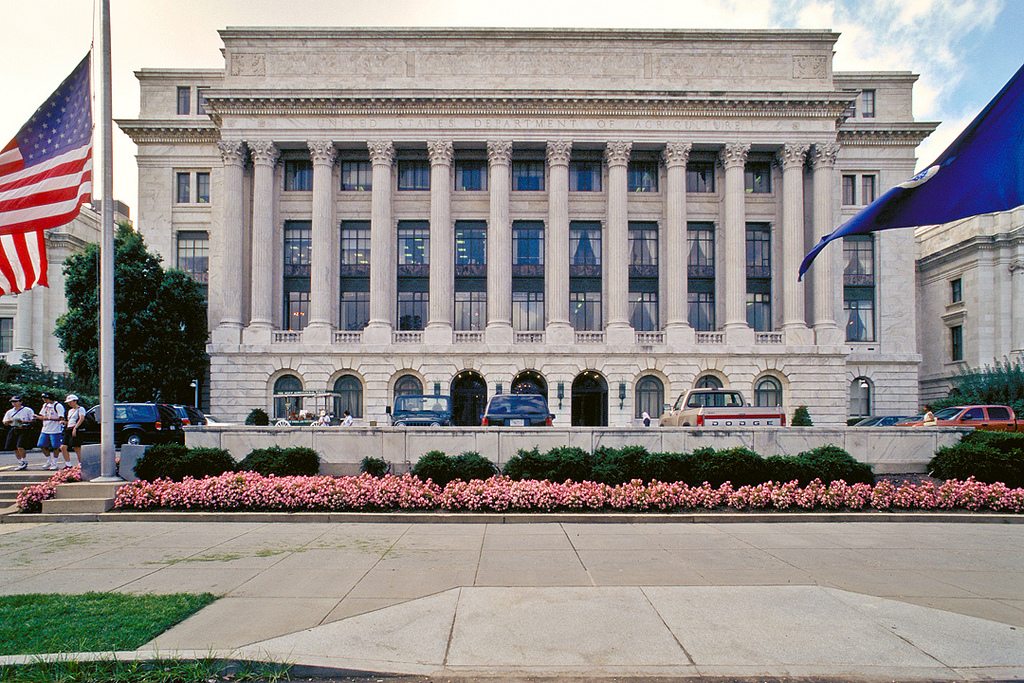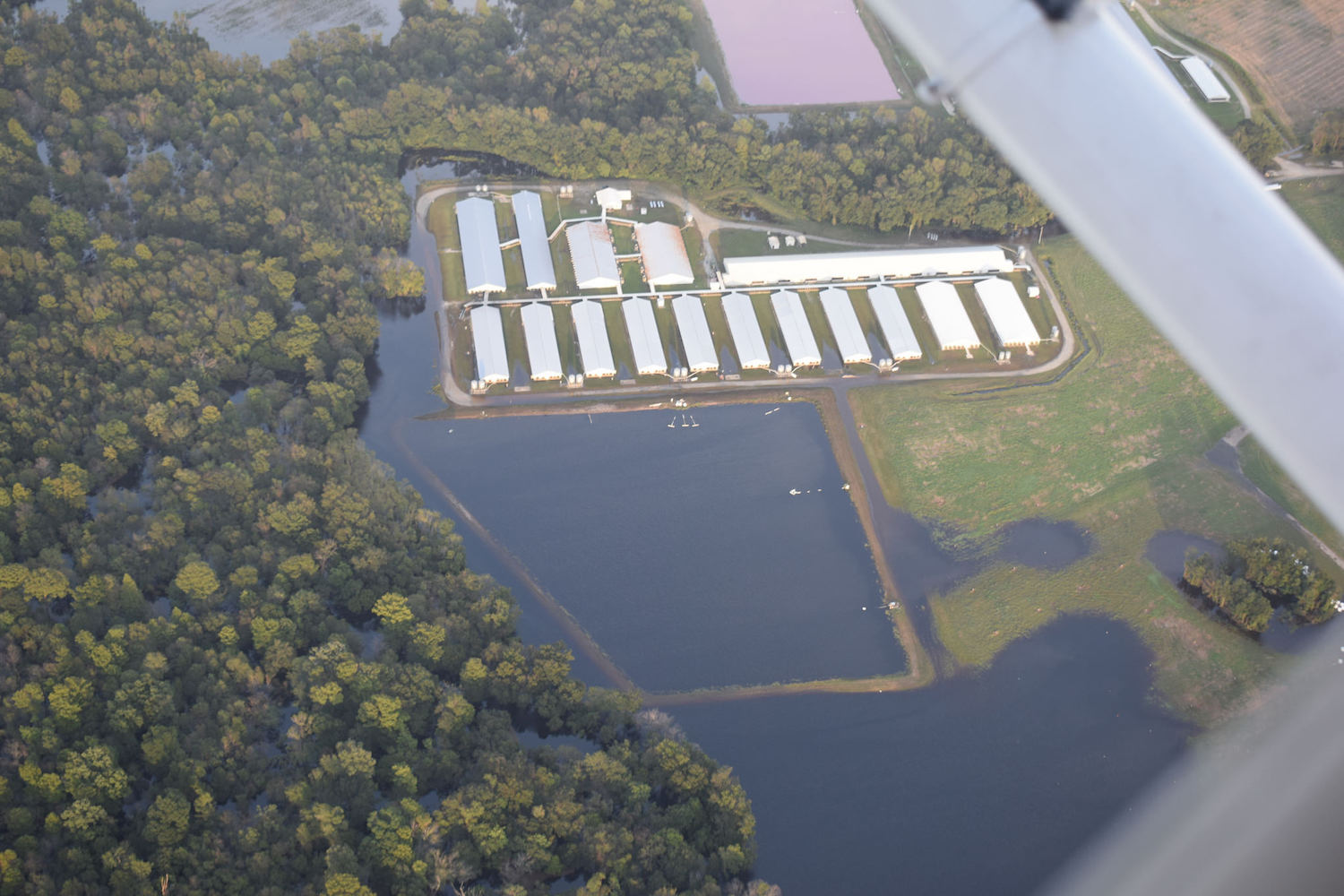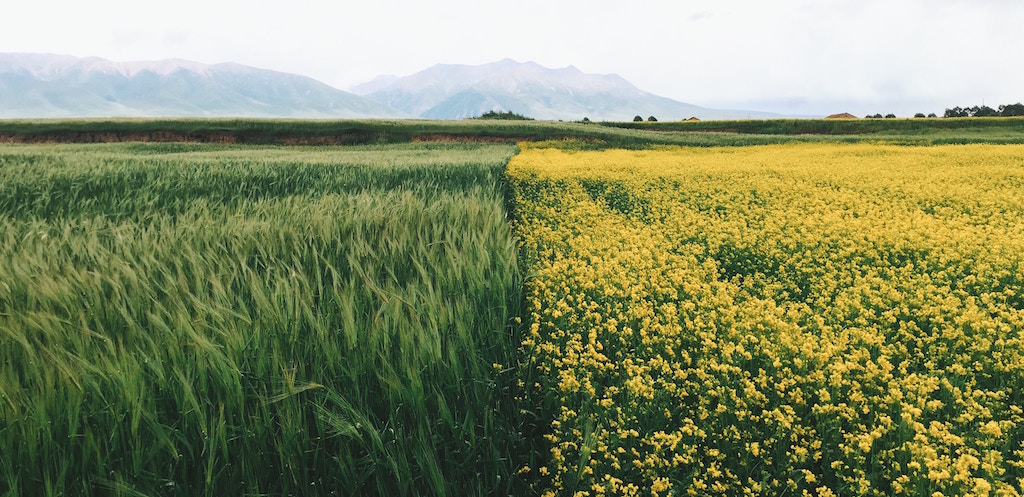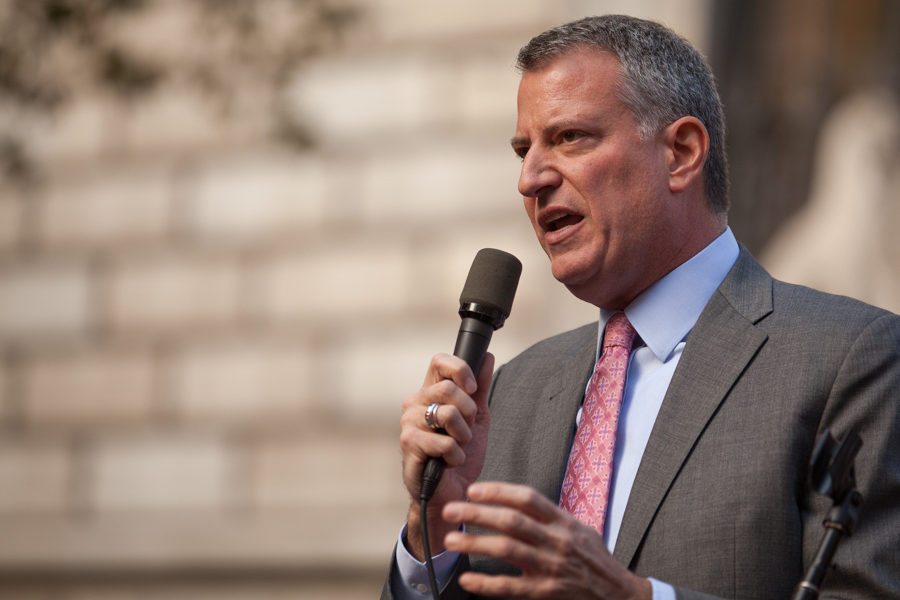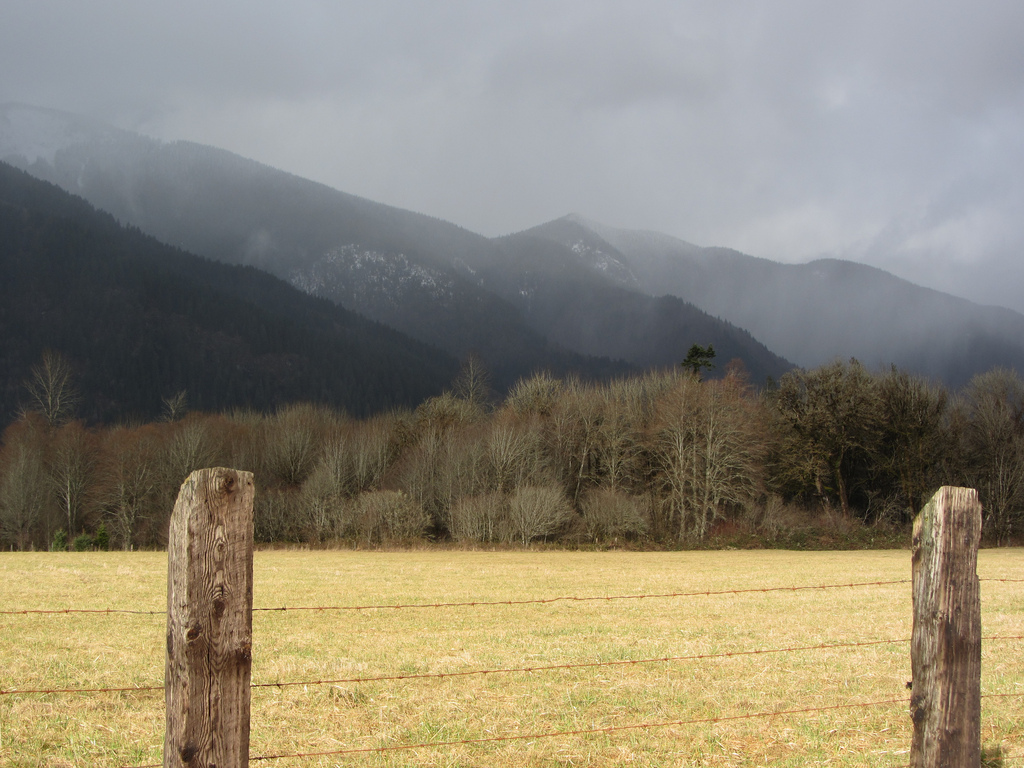Keepseagle keeps on. In 1999, Marilyn and John Keepseagle, members of the Standing Rock Sioux Tribe in South Dakota, filed a class-action lawsuit against the United States Department of Agriculture (USDA), alleging that the agency had discriminated against Native American farmer and rancher applicants to the Farm Loan Program.
The suit covered the claims of more than 200 Native Americans against USDA for the period of 1981 to 1999. But it languished for nearly a decade before the Obama administration offered to settle the case for $680 million. U.S. District Court Judge Emmet G. Sullivan approved the settlement in 2011 and a majority of the claimants received payments.
At the time, all parties involved in the case estimated that whatever funds were left after paying the individual claims would be negligible, and agreed to a “cy-pres” disbursement of what was unclaimed—meaning a trust would be set up from which to distribute the remaining funds to charity organizations that supported Native American farmers and ranchers.
But then something surprising happened: After the individual claims were paid, $380 million remained in the settlement fund. It was a colossal miscalculation that the Keepseagles then argued required reconsideration. They asked Judge Sullivan to approve a “supplemental distribution” so that the remaining funds could be disbursed to those who were harmed (providing they could prove harm). The Department of Justice argued against such a move, saying the funds were equal to a “windfall.” The Keepseagle claimants, of course, said settlement relief shouldn’t be synonymous with that word.
“The bottom line seems to be that all parties, including the court, signed off on a settlement agreement based on a very large mistake….a mistake that was hundreds of millions dollars off the mark,” wrote the Keepseagle’s lawyer (and lawyer for more than 500 other claimants) Marshall Matz for AgriPulse in 2015. He went on to cite a decision of the 8th Circuit Court of Appeals in that same year that said a “cy-pres” distribution was only permissible in cases where it wasn’t possible to distribute the remaining funds to class members—and except where a distribution would be considered a windfall. Certainly it was possible to distribute those funds to the class members, but there were two other challenges. First, the 8th Circuit is based in St. Louis, so didn’t bind Judge Sullivan, who ruled for the United States District Court for the District of Columbia. Second, there was that word, “windfall,” and whatever it might be decided that meant.
What happened next? Appeals abound(ed), challenging the legality of “cy-pres” provisions. No additional distributions—which would have totalled more than $18,000 to each of the claimants plus around $2,000 direct to the IRS on their behalf to cover tax liability—were made.
But on Tuesday, the case was finally decided in the U.S. District Court for the District of Columbia. It was a decision in favor of distributing the remaining funds to the claimants, which said, among other things, that “exceptional circumstances” were present. The decision was not, however, unanimous. Judge Janice Rogers Brown argued in her dissent that USDA’s fiscal responsibility had been met and any remaining funds would be up to the taxpayers to consider. She went on to say Congress should bar “cy-pres” distributions in class-action suits.
If you want to see the historical record of how contentious all the legal wrangling got (remember the case was filed 30 years after 1981, the first year allegations of discrimination were made), take a look at the decision here. It breaks the “cy-pres” provision down into near nanoparticles, but is a good example of how dispassionate defense of just laws—not intent—is what really gets circuit courts up in the morning. It also features some very lively dissent. Actually, a lot of that.
It remains to be seen whether additional appeals will be made against the Circuit Court’s okay. In that instance, the case would then move to the Supreme Court and a decision on whether or not it would hear the case would likely follow in the fall or early winter.
